Micro Pale Ale
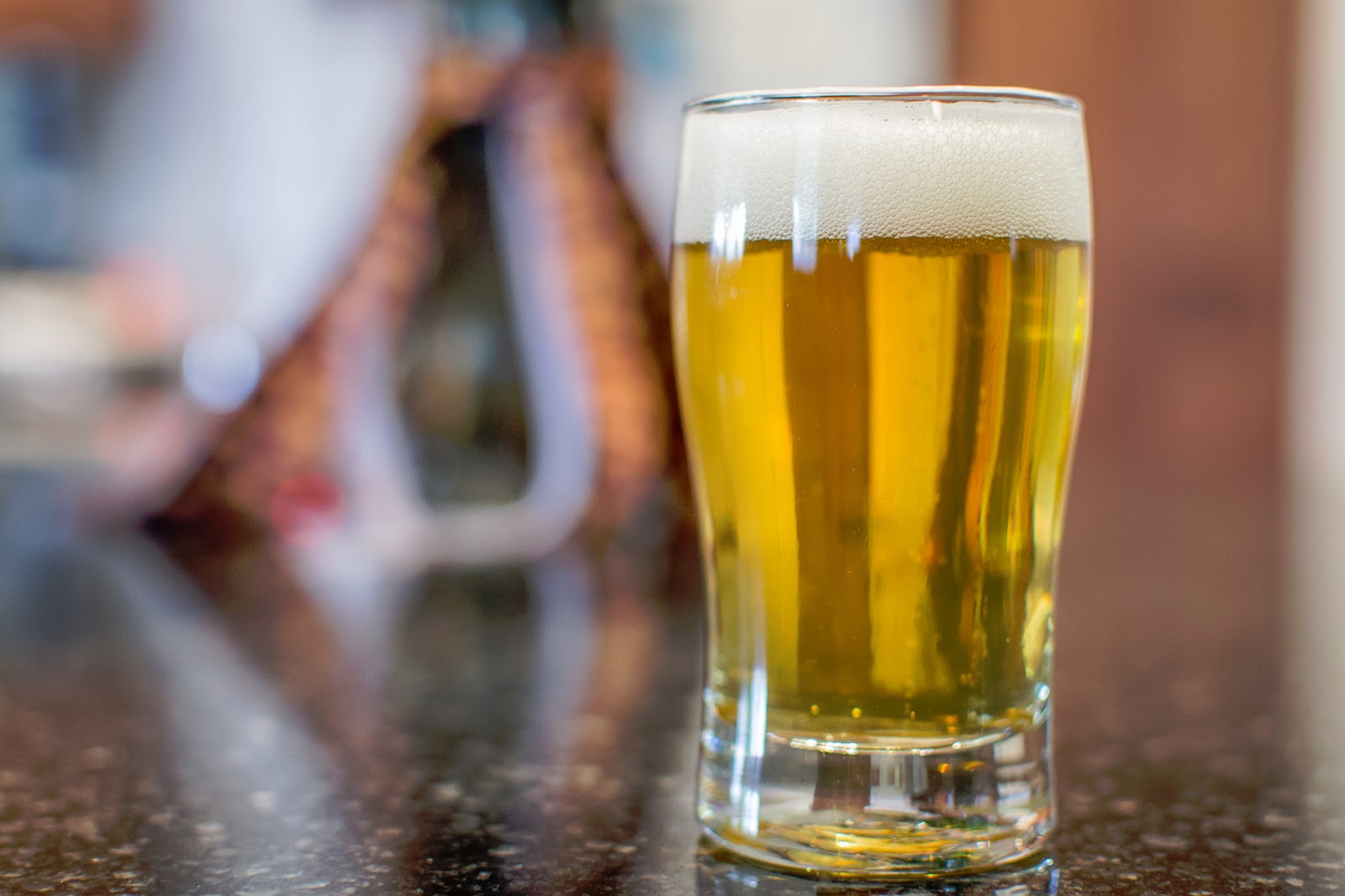
In keeping with my current trend of brewing a low-gravity session beer every few batches, I’m brewing this to kick off a set of beers with WLP090. I wanted to do something a little different this time, so I’m going to brew a very low gravity American Pale Ale. It’ll be something similar to Lagunitas Daytime IPA, or even Firestone’s Mission St. Pale ale, only smaller yet.The goal is to keep the OG at or around 1.035, but hop this beer as I would a 1.055 Pale Ale.
This will be the first of three beers that I’m brewing in a hurry. My little sister is graduating from ASU on May 10th. That weekend also happens to be my birthday, so we’re throwing a Graduation/Birthday party to celebrate. Unfortunately, I have less than a month to get three kegs ready to serve, aside from the keg I need to have ready the weekend prior for an event at my gym. It’s time to get crackin’.
For the grist, I borrowed the recipe from Firestone Walker. This is almost the exact grain bill for Mission St. Pale ale, only less 2-row. I’m mashing pretty high in hopes of keeping this beer from finishing too dry. As for the hops, I played around for a little while before I settled in on this schedule. I wanted something pretty fruity, hence the Amarillo and Falconer’s. From doing some Dry Hop testing with SNPA, I settled in on Nelson and Amarillo with a splash of CTZ and Citra in the dry hop. Hopefully it turns out nice.
Brew day was rather uneventful. 60 minute mash, 60 minute boil, 20 minute whirlpool, and a quick chill. I hit the beer with 90sec O2 before pitching the yeast. Straight out of the vial, I find WLP090 takes about 18hrs to get moving, but once it does, it ferments pretty fast, even at 64*. After 2.5-3 days I ramped the temp up to 68 to let it finish up.
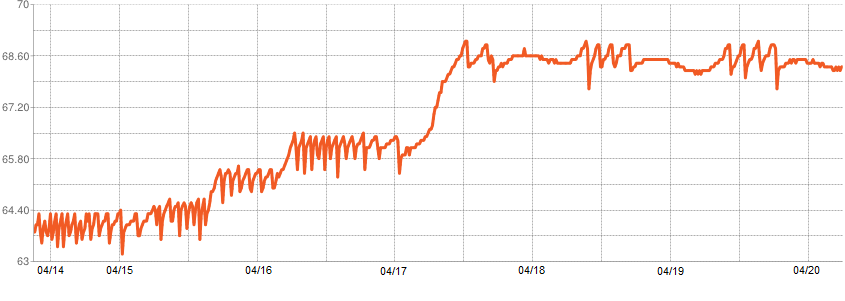 Brewed: 04-14-13
Brewed: 04-14-13
Dry Hopped: 04-21-13
Kegged: 04-29-13
OG: 1.036
FG: 1.009
ABV: 3.5%
IBU: 27
6 Gallons
5.5lbs 2-row
1lb Munich
8oz Carapils
Mash @ 156
7g Apollo @ 60
1oz Falconer’s Flight @ 15
1.5oz Amarillo + .5oz Falconer’s @ 0
WLP090 – Super San Diego
Dry Hop: .75oz ea Nelson Sauvin/Amarillo + .25oz ea Citra/CTZ
I find my lower gravity beers are less susceptible to oxidation, so I just dry hopped this in a better bottle after a week in the primary. The beer sat on the hops for 8 days before I had a keg open up to rack it to. Finally, into the kegerator it went to carb up.
After almost two weeks, it’s good, but not great. I had high hopes for this beer, but it didn’t turn out as well as I hoped. It’s a beautiful beer to look at. Very clear pale yellow with a sticky white head. The aroma is really nice too. Very fruity hoppy notes; I get apricot and grape. It’s downhill from there though. The hops dominate the flavor. The bitterness is punchy, but there’s no alcohol or malt to back it up. Little to no malt character to speak of, and the beer has a crispness that’s just not appealing. All in all, it’s a little rough around the edges.
Truthfully, it’s not a bad a beer, but I tend to be my worst critic, especially when the beer is on tap for an event. It’s a decent recipe that isn’t too far from being great. So if I had a chance to do this beer again? I’d leave the hop schedule alone, as that was fine. I’d bump the carapils up to 1lb, and add an additional 10-16oz of a light crystal malt. C15 or C20. Even with that, I’d increase the mash temp to 157-158 in effort to keep the beer from tasting so dry.
I think the lesson to be learned here is that while lower gravity beers aren’t quite as exciting as the big boys, they’re much harder to brew well. I can slap together a good IPA recipe blindfolded, but this little 3.5% recipe proved much more difficult. I love a good session beer, so I’ll definitely be re-brewing this at some point in the next few months. Hopefully it doesn’t take too much to dial in.
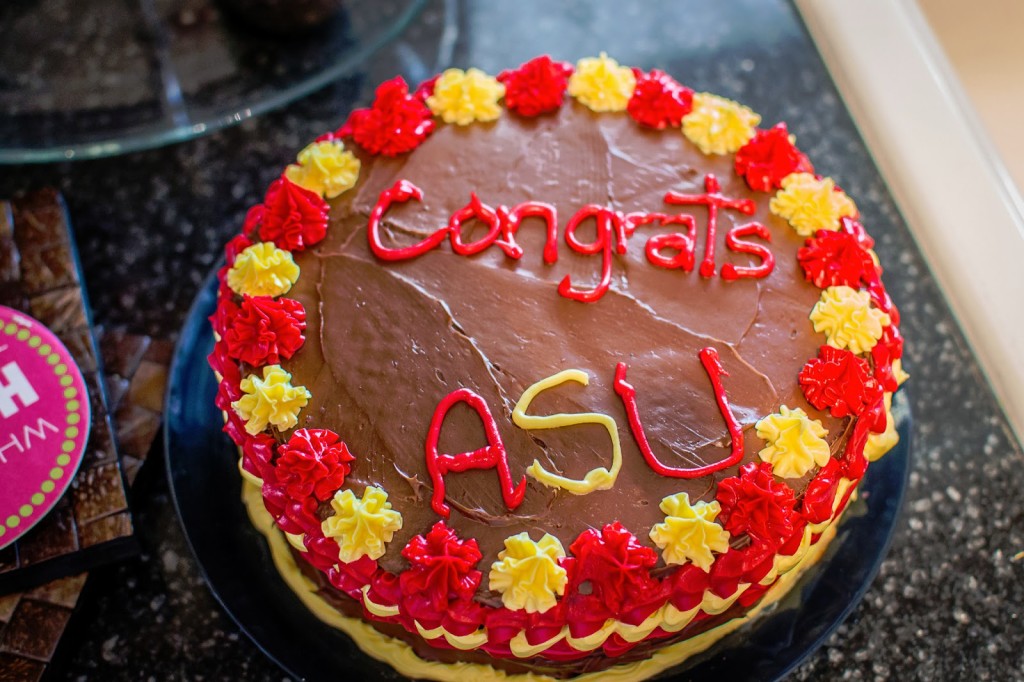
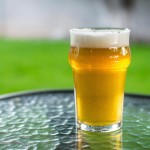
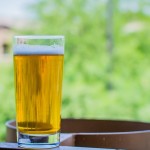


I just brewed up a beer for a local brewpub competition where the rules were it had to be 4% abv or less and at least 60 ibu. I made a "wimp"erial ipa which came in at 4% and 65 ibu. It is one of the best ipas I have tasted and can't wait to hear back on the results of the competition as i feel my chances of winning are very good (and I am very critical of my beers.) If I win they will brew my recipe and serve it at the pub all summer!
I think your planned adjustments will put you in a really good range for this style. I remember listening to a Sunday Session episode from last year where the brewer from Uinta stated you need at least 15% carapils and or caramel malts when trying to make a sub 4% abv hoppy beer. I have been draggin my feet on making one, really need to get to it!
Nice, that should be really tasty!
Ya, it's counter-intuitive, but I'm learning you often need more specialty malts for these session-strength beers. I'll definitely re-brew this shortly, as I've been brewing these 1.035 beers to culture yeast, rather than making a starter.
I'll definitely have to listen to that Brewing Network episode though!
When I brew a "sessionized" recipe I shoot for 160-162 mash temp. My thought is that I still want to hit an FG in the same ballpark as if I brewed it at full strength. Greg Doss from Wyeast did an experiment that shows 153 to be the mash temp that leads to the highest fermentability, so I think the mid 150's isn't enough of a temp increase to make that big of a difference in the end.
If the malt is really lacking, maybe try replacing the 2-row with something a bit more flavorful like MO or Vienna. For the batch you have on tap now, try it at a higher carbonation. I usually shoot for about 2.8 volumes of CO2 in a session IPA/APA, instead of my usual 2.4-2.5. That may help fill out the body a bit. (It works for Bud, right?) The only downside is that if the bitterness is already rough, extra carbonation may add even more of a bite.
I've had this happen before too – even in the low 1.040's – you really need some character malts. I've found even 5% crystal to be too low – closer to 10% is where I've had better success in the 1.035-1.045 range for pale ales (which is pretty close percentage-wise to what I end up using in my English Bitters). I disagree with the above poster – I think more carbonation would only increase the harshness and make this seem more thin (think overcarbonated Bitter vs a properly carbonated Bitter).
So, do you not create a yeast starter for even these small beers? I would imagine you pitch two vials per 5 gallons or one really fresh one? I ask, because I currently make 5 liter starters for my 10-15 gallon batches, but I love having small beers on tap year round. I'm seriously considering this method of yeast propagation that results in a delicious batch of beer; rather than undrinkable waste from a yeast starter, lol.
Ya, I just pitch one fresh vial and plenty of O2. It's slightly under-pitching, but not by much. I'm too lazy to make a starter for anything under 1.038.
Ya, agreed. Less carbonation is better here.
Ya, the additional carbonic acid from the carbonation wouldn't do this beer any favors. I'm going to attack the problem with specialty malts, and we'll see how it turns out next time.
This comment has been removed by the author.
Do you think you could get this done in ~2 weeks? Or is that rushing even this small beer too much?
That might be rushing it, just from a carbonation standpoint. I could easily have it in a keg after 12-14 days, but you'd really have to rush the carbonation process.
Thanks for a great site and useful information! I'd like add my voice to those recommending flaked rye and English crystal, they really make a difference in beers this small. I made a small "Ipa" with an OG of 1.029 with 10% flaked rye and 14% pale crystal – it worked out really well. Keep posting, I always look forward to seeing your recipes 🙂
[…] low-gravity IPA, although I didn’t realize quite how hard this style would be to get right.My first attempt was last May, and while it was a decent start at the style, it was far from great. The beer was […]